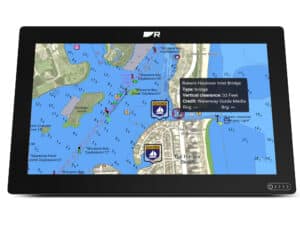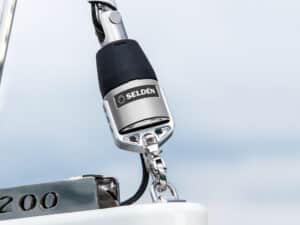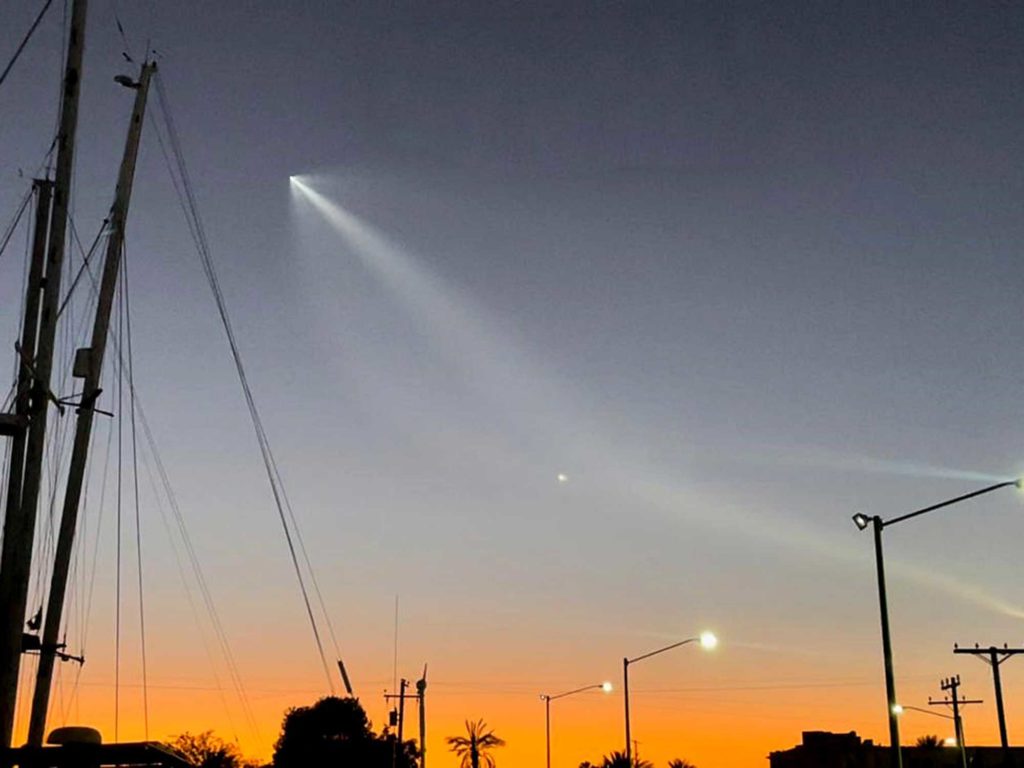
Starlink, which provides internet access via satellites, is referred to again and again as a game changer for cruisers—and for many, it is. Here in Mexico, the recognizable Dishy McFlatface (yes, that’s it’s real name) user terminal from SpaceX is popping up on cruising boats along the coast and Sea of Cortez.
Our recent article about how we manage phone service on board included only a light touch on Starlink; it focused on our need to remain accessible by call or text to our US cell number. The phone post was followed by comments and emails wondering if we had considered Starlink as an alternative.
Well, yes. But, Starlink is a big and different enough topic to warrant separate coverage here.
Phone service versus Starlink
Data for video calling plays a much bigger role than phone calls for staying in touch with family and managing our coaching service. It’s a strong motivator to keep an eye on Starlink. We are not experts or firsthand users, but we are interested cruisers following the updates. We expect Starlink to match our onboard needs eventually, and that time may be creeping closer.
In the past year, Starlink rolled out at least three hardware form factors for Dishy, along with steady changes to fees, service plans and terms. The best combination for cruising is a moving target, with future concerns including flexibility to update the service. (For example, you can pause the slower service, but not the faster service; you can switch from one to the other, but not back again.)
Despite this vague roadmap, cruisers are merrily signing up. Starlink use is often outside the terms of service for roaming and international use, but these terms haven’t been enforced. Meanwhile, boat installation typically requires modifying the hardware; this cancels the warranty, but that’s not discouraging use either. The lure of having internet (almost) anywhere vastly outweighs those risks or trade-offs for a lot of cruisers.
Ch- ch- ch- changes
SpaceX’s update about a week ago tucked in a footnote about the coming of “transcontinental service”—meaning you can take that Dishy you bought in Massachusetts, and used in Martinique, across the Atlantic to pick up using it again from Malta. (I guess?) The terms seem contradictory, which is probably rooted in the vagueness.
This announcement is presumably the preview for a price update, because that transcontinental service—which seems to work already, outside of the unenforced terms of service—is described as an add-on. But which service plans will it be possible to add this to? Will it be limited, say, only to the new high-performance dish, whick is $2,500 in the United States?
Another significant update for cruisers in the announcement was a reference to ocean data, presumably distinct from the high-end Maritime offering (hardware, $10,000; service, $5,000 per month). Ocean data will also be an add-on service, and there are no specifics yet about service plans or hardware.
Is Starlink an obvious choice?
For many cruisers, the answer is yes, but it depends on where they’re going, and how critical connectivity and throughput are. So far, most cruisers love the high bandwidth, attested by screenshots of speed tests posted to online forums. Here in Mexico, it feels pretty obvious for flexibility and freedom to roam.
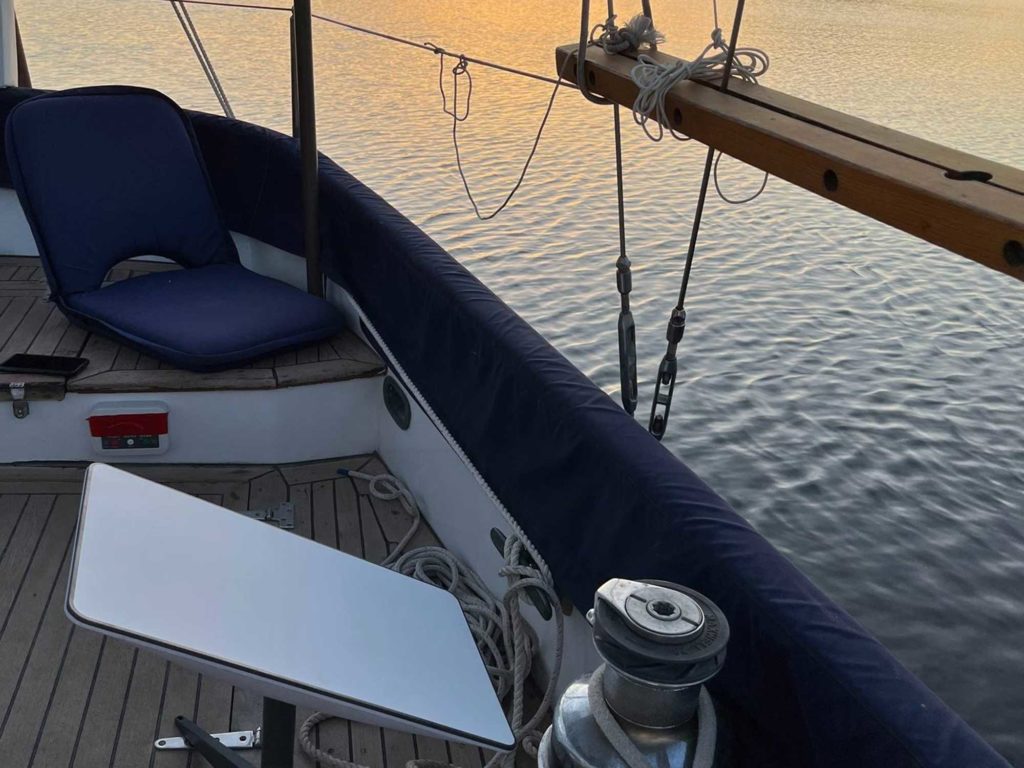
Most cruising grounds aren’t congested-use areas. It’s easy to keep speeds fast, even when using the service most deprioritized for traffic (aka, the RV/mobile service plan popular with cruisers). Starlink’s recent fair-use announcement, changing terms again, speaks to the issue speed has become in areas where users have greater numbers. You can read about folks in rural areas rage-quitting Starlink this year as usage grew around them, significantly degrading service. Something to consider? It is if you remotely run a business that can’t operate with slower or hiccup connectivity. Users like these look at solutions from providers like KVH for reliable maritime use (at a cost).
I recently shared a picture from my friend, Kristin Hanes, of Starlink aboard her CT-41, John Muir, in a stunning Mexican anchorage far from any cell towers. She’s a full-time nomad and has written about her extensive experience using Starlink on John Muir and in her van. “I felt really thankful to have Starlink during my Sea of Cortez journey in the spring of 2022,” she told me. “We spent five weeks around Isla Ángel de La Guardia and Bahia de los Angeles, both of which are over 100 miles from any cell phone signal. Having Starlink meant I didn’t have to worry about finding internet and paddling my laptop to shore to work. I could set up the dish at any beautiful anchorage to work, check weather and catch up on emails for a few hours per day.”
She does offer a few words of caution: “Cruisers will also need to think of where to mount their dish. I’ve seen lots of creative configurations on sailboats.” She hasn’t mounted the dish yet, but sets it out each time she wants to use it.

My friend also pointed out a performance issue we’ve heard from several cruisers, and one that worries us for video calls: “Our Dishy likes to point north, and if you’re at anchor and swinging wildly, the dish will lose the network over and over again. This happened to me a lot, and I made it work, but it would be frustrating for people trying to participate in Zoom meetings or similar tasks that require constant internet.”
Why we haven’t signed up for Starlink
Zoom calls are mission critical for our coaching business. Some Starlink users describe consistently excellent Zoom sessions, while others have persistent issues. We haven’t unraveled why the differences exist because for now, we can meet our needs at far lower cost. Our Mexican carrier plan is about $25 a month for all the data we need, at speeds that run our video calls seamlessly.
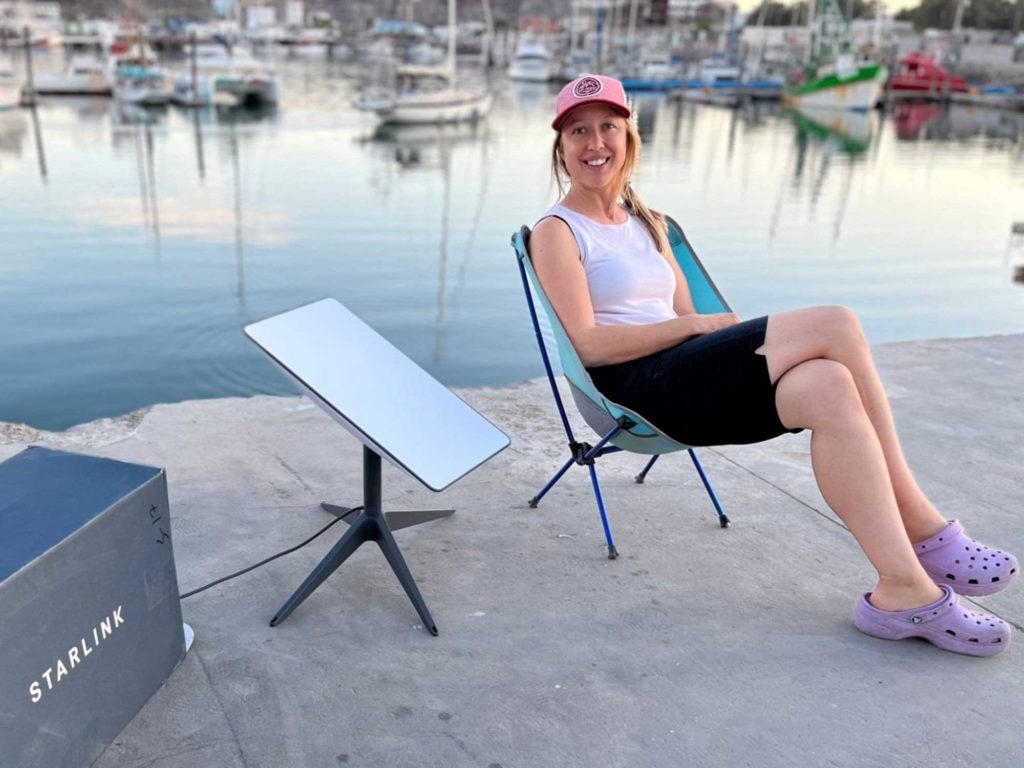
However, if we were splashing and sailing in the remote Sea of Cortez, Starlink service would be a slam-dunk addition to our boat. And when we count down to that splash date, we’ll be checking in with Richard Anderson from Sea-Tech systems. He spends a lot of time thinking about how to optimize communications on boats, based on the needs and budgets of a given cruiser. We’d likely want a hardware installation that considers our boat’s power system, connects to a router, and lets us integrate a local SIM card for prioritizing traffic, plus mobile signal backup. Happy to have help from an expert for that.
While Starlink isn’t everywhere, the speed of growth is impressive. If there is coverage in your planned route, it’s an easy answer for onboard internet for most budgets.
Starlink resources
A few resources we’ve found useful to follow include Facebook groups like Starlink on Boats and Starlink Mods and Hacks; professionals such as Sea-Tech Systems; the informed amateur Steve Michell’s SeaBits blog; and the user-supported channel Mobile Internet Resource Center. And, Cruising World will be covering Starlink in an upcoming issue.



